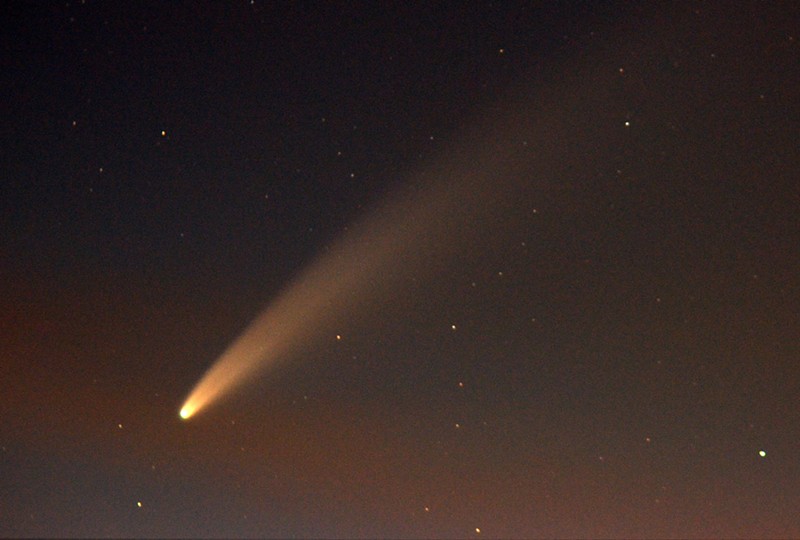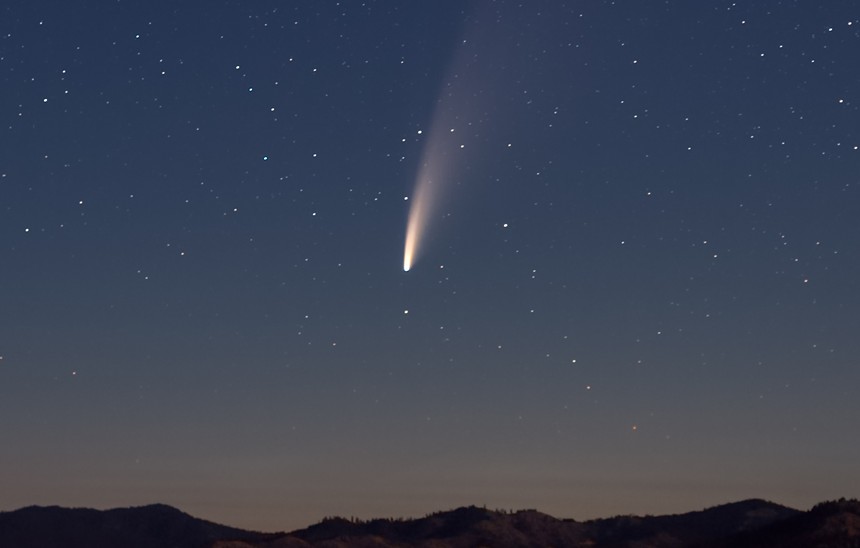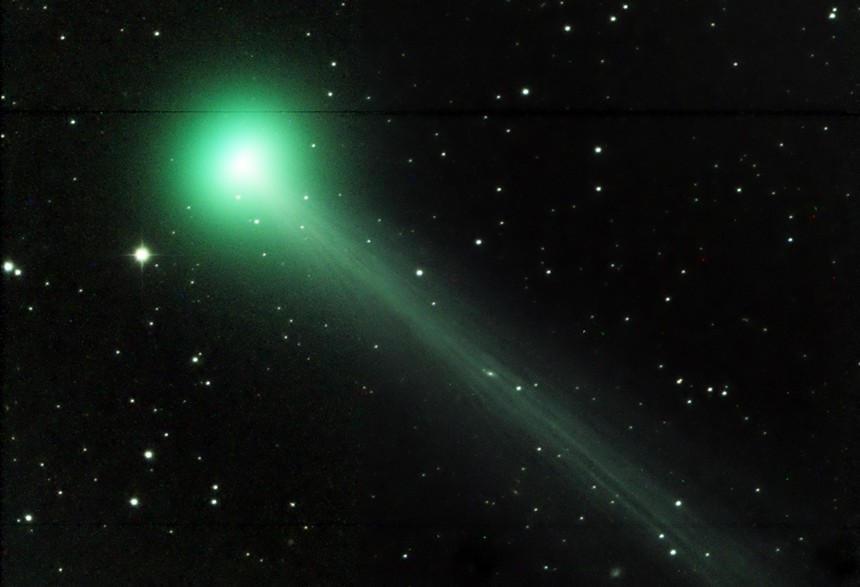How about the possibility of a naked-eye comet?
Comet C/2023 A3, also known as Tsuchinshan–ATLAS, is making its 80,000-year journey through the solar system and could be a spectacular sight for skywatchers as it brightens while approaching Earth. Some are even calling it the “comet of the year” due to its potential visibility and brilliance.
Over the summer, astronomers were predicting heat from the sun would cause C/2023 A3 to break up. It survived the journey, though, and might become bright enough to become a naked-eye comet, a level of visibility that hasn’t occurred since Comet NEOWISE did a flyby in 2020.
While Comet C/2023 A3 is expected to brighten as it reaches its closest point to Earth, also known as perihelion, it might not brighten enough to achieve naked-eye status.
Claude Hayes of the East Valley Astronomy Club told Phoenix New Times that chances are “slim” that Comet C/2023 A3 will be bright enough to be seen without binoculars or a telescope.
“(Comets) are notoriously difficult to predict. I would also quote David Levy, 'Comets are like cats: They both have tails and do exactly as they please,’” Haynes says. “But even if it does brighten up and become a naked-eye comet, I recommend looking for it since it's always thrilling to see what our universe has to offer.”
Will C/2023 A3 be visible in Arizona in October? A few locals have seen it already, as its currently visible low on the eastern horizon during the early morning hours. Here’s how and when to look for it.















